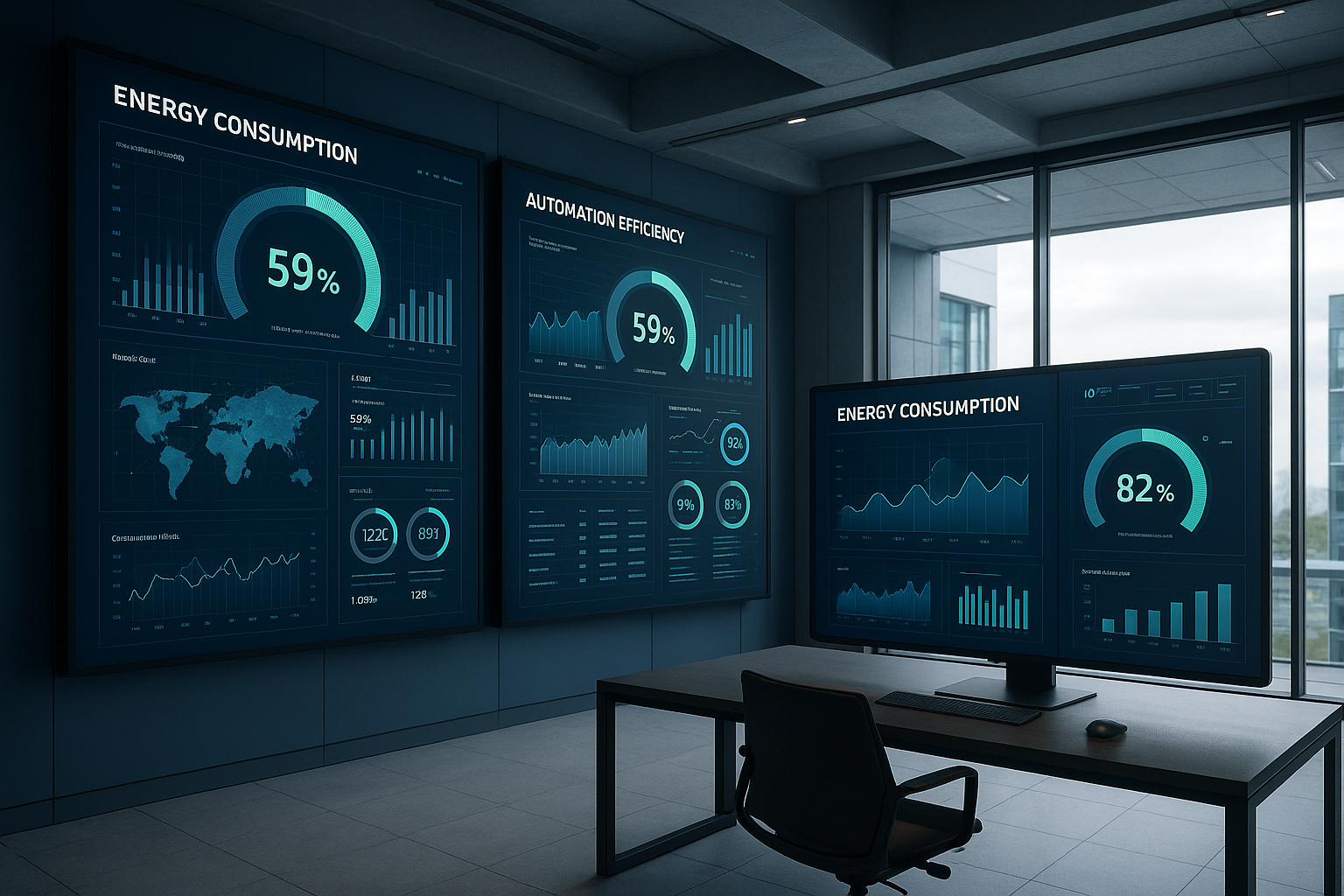Revolutionize efficiency with energy and automation secret
Unlock the potential of energy efficiency and automation to revolutionize your operations, and explore options that can lead to significant cost savings and productivity gains.

Understanding the Impact of Energy Efficiency and Automation
In today's fast-paced world, businesses and individuals alike are constantly seeking ways to enhance productivity while reducing costs. Energy efficiency and automation have emerged as pivotal solutions in this quest. By optimizing energy use and automating repetitive tasks, you can not only save on operational costs but also increase the overall efficiency of your processes.
Energy efficiency involves using less energy to perform the same tasks, thus eliminating energy waste. This can be achieved through various means such as upgrading to energy-efficient appliances, improving insulation, and adopting smart energy management systems. Automation, on the other hand, refers to the use of technology to perform tasks without human intervention, which can significantly reduce errors and increase speed.
Real-World Benefits and Opportunities
The benefits of integrating energy efficiency and automation into your operations are manifold. Firstly, there's the obvious reduction in energy bills. According to the U.S. Department of Energy, businesses can save up to 30% on energy costs by implementing energy-efficient practices1. This is a substantial saving that can be redirected into other areas of your business for growth and development.
Moreover, automation can lead to enhanced productivity. For instance, in manufacturing, automation technologies can increase production rates by up to 50% while maintaining quality2. This means that businesses can meet higher demands without the need for additional labor, thus saving costs associated with hiring and training.
Cost Considerations and Financial Insights
While the initial investment in energy-efficient technologies and automation systems may seem high, the long-term savings often outweigh the upfront costs. For example, the installation of a smart thermostat can cost around $250, but it can save homeowners up to $180 per year on energy bills3. Similarly, automated systems in industrial settings can reduce labor costs by 20% to 25%4.
Additionally, there are often financial incentives available for businesses that adopt energy-efficient practices. Many governments and organizations offer rebates, tax credits, and grants to encourage the adoption of these technologies. It's worth researching these options to further offset the costs of implementation.
Exploring Specialized Solutions
For those interested in diving deeper into energy efficiency and automation, there are numerous specialized solutions available. From advanced energy management software that monitors and optimizes energy use to robotic process automation that can handle complex tasks, the options are vast. By visiting websites of leading providers, you can browse options tailored to your specific needs and industry.
Moreover, consulting with experts in the field can provide you with insights into the latest technologies and best practices. This can be particularly beneficial for businesses looking to implement large-scale changes or those in industries with unique requirements.
By embracing energy efficiency and automation, you can not only transform your business operations but also contribute to a more sustainable future. As you explore these options and implement changes, you'll find yourself at the forefront of innovation and efficiency, ready to seize new opportunities and drive growth.